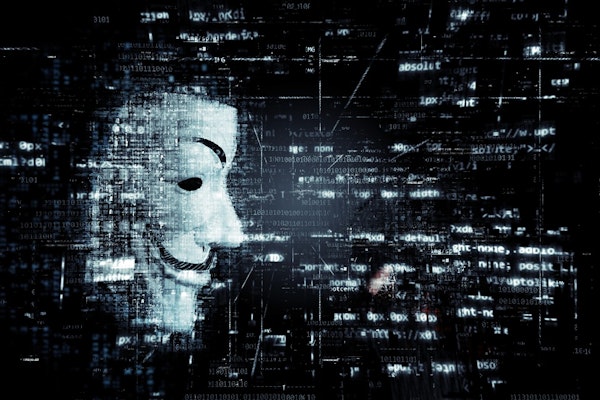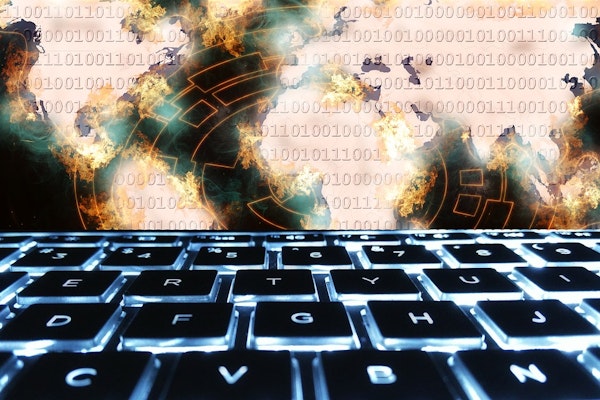
Watch Out Insurers: You’re In The Crosshairs Of A New Form Of Cyberattack
Insurance companies are in the crosshairs of a new set of cyberattacks, prompting a cyber leader to ring alarm bells for Canadian insurers.
April 23, 2021
Technology

Finally, Fewer Meetings?
As the jury got set to begin deliberations in the trial of Derek Chauvin this week, the judge told them that they would have to rely on their notes from the three-week trial because no transcription of the testimony would be available. Someone tweeted that the lack of a transcript made perfect sense — if the year were 1821.
April 21, 2021
Technology

The Future Of Risk Mitigation: Connected Devices
As the world continues to invest in growing technology and the internet of things (IoT) evolves to offer more in the way of risk solutions, it’s no wonder that businesses and their risk teams are looking to utilize the capabilities offered.
April 9, 2021
Risk Management
Technology
Underwriting

The Future of AI in Insurance
Artificial intelligence (AI) and machine learning have come a long way, both in terms of adoption across the broader technology landscape and in the insurance industry specifically.
April 9, 2021
Technology

When Technology Fails
As the role technology plays in our personal and business lives evolves, so, too, does the liability risk to those individuals and companies that create, design, implement, and service the technology that we rely so heavily on.
April 8, 2021
Liability
Technology

As Insurtech Exits Spike, More VC Money Piles Into The Space
Insurance isn’t known as a fast-moving industry. The oldest names in the business have been around for centuries.
April 5, 2021
Technology

Cyber Attacks On Microsoft Servers Likely To Generate Thousands Of Insurance Claims
Insurers are being warned of the potential for a large volume of claims following recent cyber attacks on Microsoft’s email servers.
April 1, 2021
Excess & Surplus Lines
Technology

Want Some Insurance With That?
Some 25 years after the publication of Nicholas Negroponte’s seminal ‘Being Digital,’ it feels trite to write about how digital capabilities and the expectations they create among customers have transformed even traditionally sleepy industries like insurance.
April 1, 2021
Technology

Digitizing Claims
Insurers have been working for years to digitize their claims processes. The goals and benefits are critical and measurable: improve the customer experience, expedite claims settlements, and dramatically simplify the claims process, reducing unnecessary touches for insurers.
April 1, 2021
Technology

Pioneering Use Cases For IoT In Insurance
We are living in a hyperconnected world, and the presence of IoT devices has already been more pervasive than many of us have realized.
March 29, 2021
Technology

5 Ways Blockchain Will Revolutionize The Insurance Ecosystem
Blockchain is often associated with Bitcoin (see footnotes below for links to articles on Bitcoin). Bitcoin is a new form of digital currency. Think of it like PayPal, except you don’t have to feed the account, dollars or pounds or pesos. The backbone of the system is a software platform called blockchain.
March 24, 2021
Technology

How To Combat The Surge In Ransomware
The threat of a cyber-attack is far more dangerous now than it has been in the past, yet knowledge of the threat prevention systems necessary to protect oneself remain widely unknown.
March 24, 2021
Excess & Surplus Lines
Technology

Transforming Auto Claims Appraisals
The pace of digital transformation is accelerating in many industries due to COVID-19, and nowhere is this more evident than in automotive insurance. At the start of the pandemic, carriers and collision repairers had to find new ways to minimize in-person interaction between employees and customers.
March 23, 2021
Auto
Technology

Riskstream Unveils Canopy 3 Blockchain To Roll Out Insurance Apps Faster
Yesterday The Institutes Riskstream Collaborative unveiled the third iteration of its blockchain platform Canopy.
March 22, 2021
Education & Training
Technology

Do Data Errors Sabotage Your Claims Efforts?
Over the past decade, technology’s impact on the claims side of the P&C industry has been extraordinary. Today, insureds submit high-definition video and audio files and images to support their claims.
March 19, 2021
Technology





